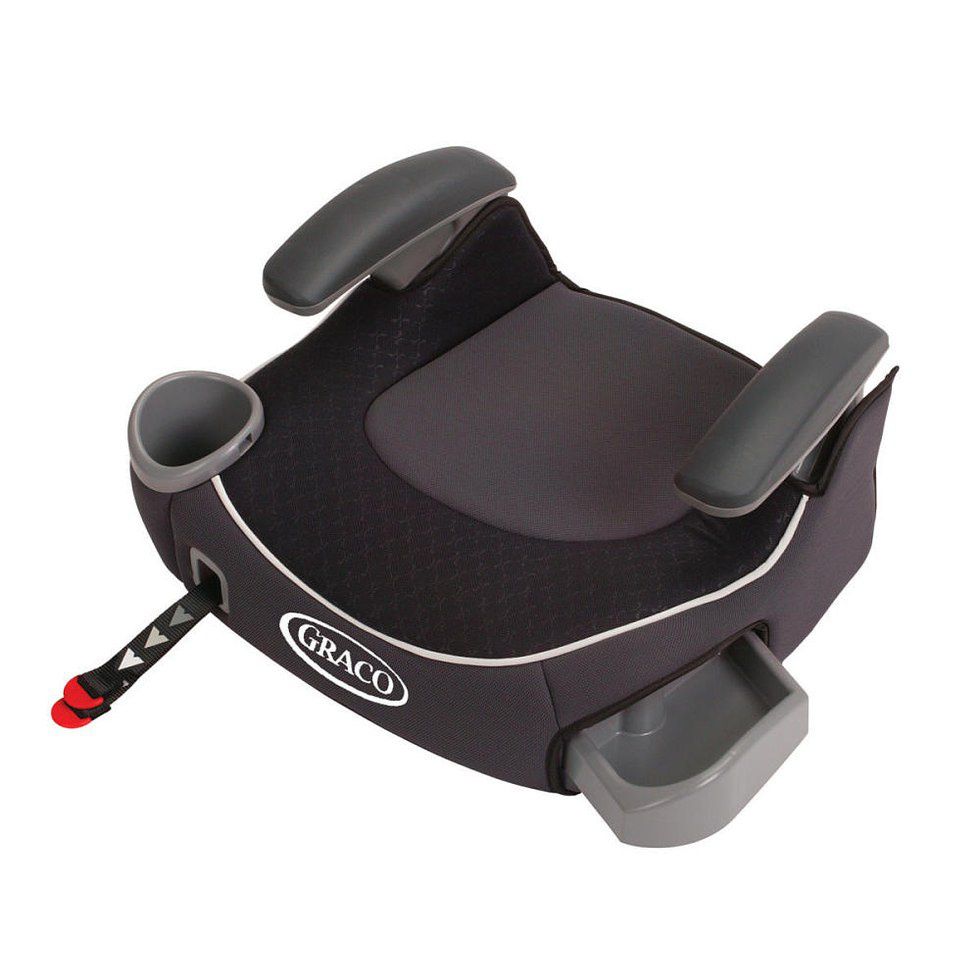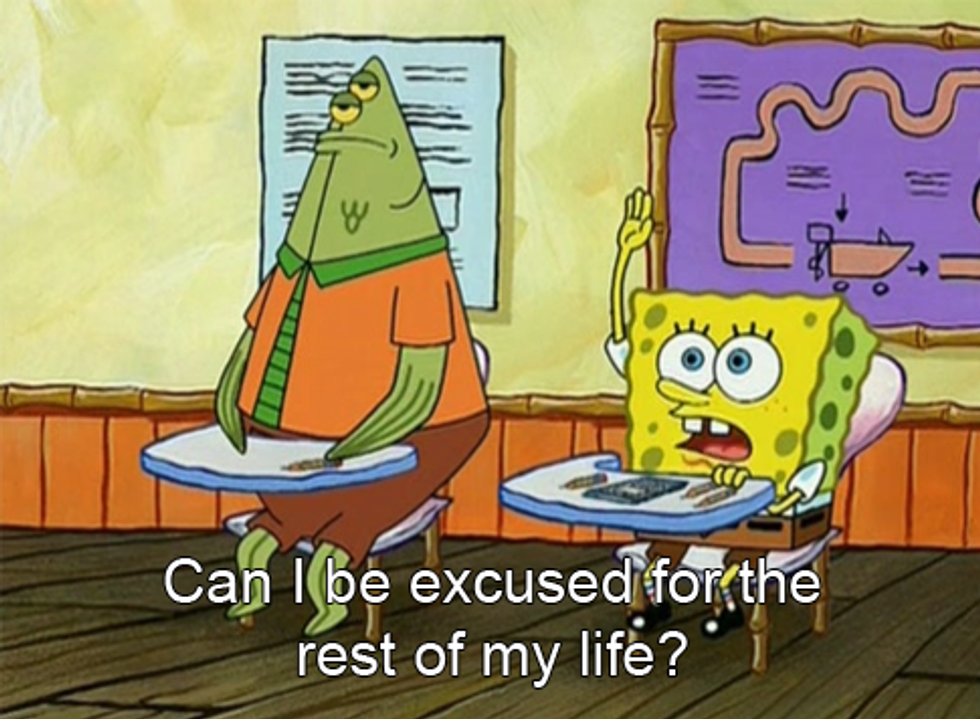February 29th, 2012.
That's when I was diagnosed with Type 1 Diabetes (T1D). It was an ordinary day. I had just gotten back from school and my musical rehearsal when my mom and I got in the car to go to the doctor. I had been going to the bathroom a lot (at least once every hour) so I ended up making an appointment at my doctor's office. I stepped on the scale, and the nurse said I had lost 10 pounds since December, which as a skinny kid, those 10 pounds meant a lot to my figure.
Anyways. I was then told I had to go to the hospital because I had a blood sugar of 562 (to give everyone an idea, a healthy blood sugar is anywhere between 70 and 160). When I got to the hospital, I was then admitted to a three-day crash course on Diabetes. I was taught how to carb count, measure insulin, treat low blood sugars, and treat high blood sugars. Basically, how to everything. It was quite the crazy few days, and it all came on so quickly that I hardly had time to acknowledge what had happened.
Four months had passed, and I ended up getting an insulin pump. The technology revolving around T1D has been constantly evolving, and I cannot be happier. I started out with an insulin pump that only just gave me insulin, while I still needed to test my blood sugar and pray that it is relatively okay in the meantime (hella dramatic). Now, I'm currently wearing an insulin pump that has what is called a Continuous Glucose Monitor (CGM) developed to work alongside the pump. So essentially, I have a glucose monitor that is always checking to see what my blood sugar is relatively speaking. It hadn't worked for me in the past, so I had given up on it for the longest time. Then a representative from the company started working with me, and it seems we've finally come up with the solution for it not working. With this now in mind, I can look towards even newer technology that gives a closed loop therapy pump. It uses the same CGM technology but makes it so that my insulin doses are based on the readings of the CGM and change based on how high, low, or just right your blood sugar is.
This technology is a huge step in the right direction for those with T1D, because it brings us one step closer to being able to live closer to a "normal" life that we had before we were diagnosed, or can give us a "normal" life without having to worry about our blood sugars all the time.




















